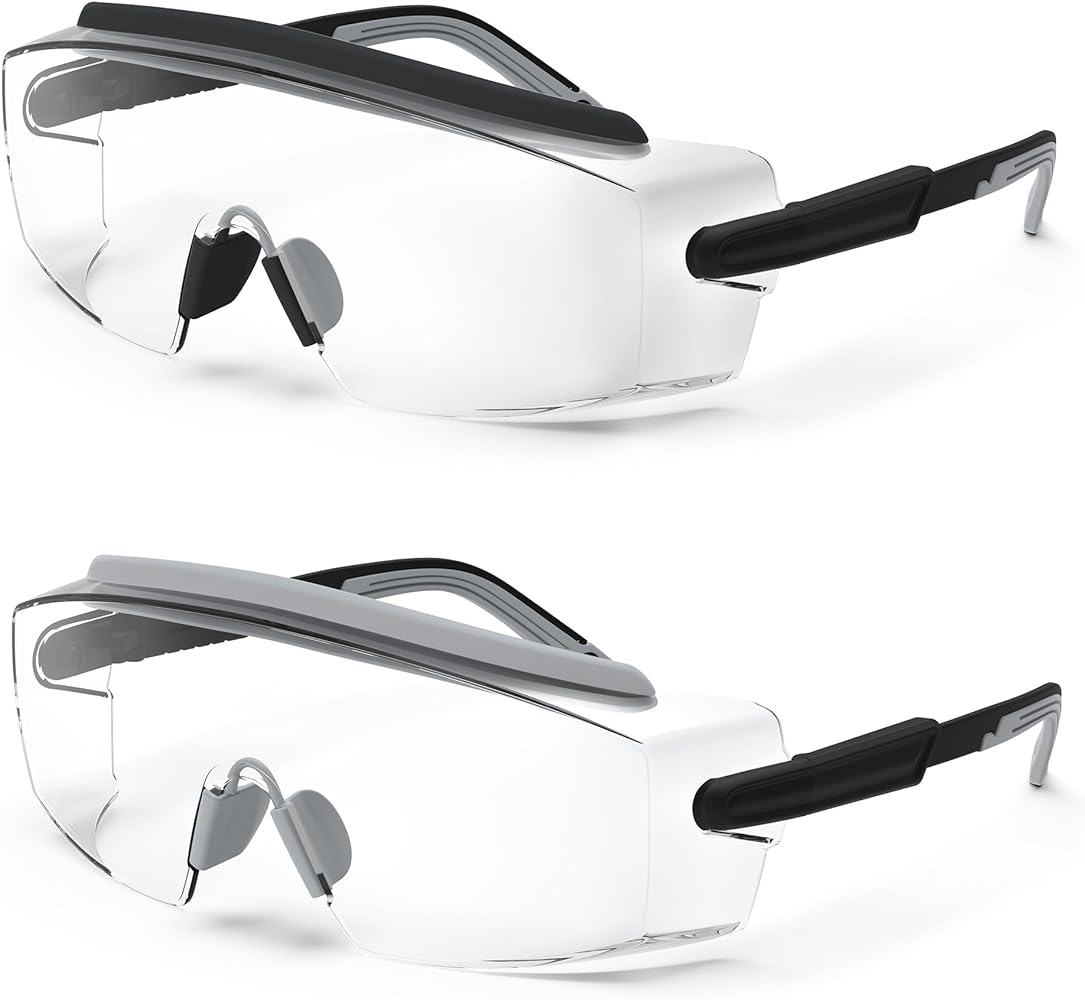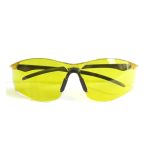Introduction
When it comes to protective eyewear, knowing the safety glasses rating is key to choosing the right pair. With various hazards present in different environments, this guide breaks down the ratings, helping you select the best safety glasses for your specific needs.
The Importance of Safety Glasses Ratings
A Closer Look at Eye Safety
Eye injuries can occur in various settings, from industrial work sites to home workshops. Without proper protection, the consequences can be severe. Safety glasses with the correct rating are vital for effective eye protection.
Why Ratings Matter
Safety glasses ratings are not arbitrary; they ensure that eyewear has been tested and meets stringent protective standards. They are an assurance of quality and efficacy in shielding eyes from harm.
Types of Safety Glasses Ratings
ANSI Z87.1 Standard
The American National Standards Institute (ANSI) Z87.1 is a widespread safety standard in the U.S. Glasses meeting this standard ensure a basic level of impact resistance and coverage.
Understanding the EN166 Standard
EN166 is the European counterpart to ANSI Z87.1. It covers similar safety aspects but may have different categorizations or testing protocols.
Making Sense of Rating Markings
Deciphering the Codes
Every rated pair of safety glasses carries a code that denotes its capabilities. Learn how to read these codes to understand what levels of protection are offered.
Impact Ratings Explained
Z87+ and Z87-2+ are common markings related to impact resistance. The “+” indicates a higher level of impact protection, suitable for high-risk environments.
Additional Considerations for Safety Glasses Ratings
Lens Material and Coatings
The material of the lens and any additional coatings can affect safety ratings. Polycarbonate lenses with anti-scratch and anti-fog coatings are popular due to their durability and clarity.
Ratings for Specific Hazards
Look for ratings specific to certain risks such as UV protection, radiation, or chemical splashes to ensure all-around safety.
In the realm of personal protective equipment (PPE), safety glasses have emerged as a critical safeguard against a myriad of eye-related hazards in the workplace. However, as the market offers a diverse range of safety glasses options, it can be challenging for individuals to navigate the various ratings and standards associated with these essential eyewear solutions.
Understanding the safety glasses rating system is paramount, as it directly correlates to the level of protection provided to the wearer’s eyes. By delving into the intricacies of these ratings, individuals can make informed decisions, ensuring that the safety glasses they choose offer the appropriate level of protection for their specific work environments and tasks.
The Importance of Safety Glasses Ratings
Safety glasses have become an indispensable component of personal protective equipment, so safeguarding workers from a multitude of eye-related hazards that exist in various industries and work settings.
The Prevalence of Eye Injuries in the Workplace
Eye injuries in the workplace are alarmingly prevalent, with the Bureau of Labor Statistics reporting that more than 20,000 such incidents occur annually in the United States alone. These injuries can range from minor irritation to severe, so permanently debilitating conditions, underscoring the critical need for effective eye protection.
The Role of Safety Glasses in Mitigating Risks
Safety glasses serve as a primary line of defense against various eye hazards, including flying debris, chemical splashes, and intense light exposure. By creating a physical barrier between the worker’s eyes and these potential threats, safety glasses play a pivotal role in reducing the risk of ocular injuries and ensuring the long-term health and well-being of employees.
The Importance of Selecting the Appropriate Level of Protection
Choosing the right safety glasses for the job is crucial, as different work environments and tasks may require varying levels of protection. Selecting safety glasses with the appropriate rating can mean the difference between effective protection and compromised safety, making it essential for individuals to understand the intricacies of the safety glasses rating system.
Understanding the Safety Glasses Rating System
The safety glasses rating system is designed to provide a standardized framework for evaluating the level of protection offered by different eyewear solutions, allowing individuals to make informed choices.
Optical Radiation Protection Ratings
In addition to impact protection, the ANSI Z87.1 standard also addresses the need for protection against various forms of optical radiation, including ultraviolet (UV), so visible light, and infrared (IR) radiation. Safety glasses are rated based on their ability to filter out these hazardous wavelengths.
Chemical Splash Protection Ratings
For work environments where chemical exposure is a concern, so the ANSI Z87.1 standard includes ratings for chemical splash protection. Safety glasses with this rating are designed to shield the wearer’s eyes from liquid chemical hazards.
Selecting the Appropriate Safety Glasses Rating
Choosing the right safety glasses for a particular work environment requires a careful evaluation of the specific hazards present and the level of protection required.
Assessing the Work Environment
The first step in selecting the appropriate safety glasses rating is to conduct a thorough assessment of the work environment and the potential eye hazards that may be encountered. This evaluation should consider factors such as the presence of flying debris, exposure to intense light sources, and the possibility of chemical splashes.
Matching the Rating to the Hazards
Once the work environment has been assessed, individuals can consult the ANSI Z87.1 standard to determine the minimum safety glasses rating required to address the identified hazards. This ensures that the chosen eyewear provides the necessary level of protection for the specific work tasks and conditions.
Considering Additional Features
In addition to the core safety ratings, individuals may also want to consider other features that can enhance the overall effectiveness and comfort of the safety glasses, such as anti-fog coatings, adjustable temple lengths, and specialized lens tints for improved visibility.
Maintaining and Inspecting Safety Glasses
Proper maintenance and regular inspection of safety glasses are essential for ensuring their continued effectiveness and protecting the wearer’s eyes.
Cleaning and Care
Adhering to the manufacturer’s recommendations for cleaning and caring for safety glasses is crucial to maintain their structural integrity and optical properties. This may include using specific cleaning solutions, avoiding abrasive materials, and storing the glasses in a protective case when not in use.
Regular Inspection
Regularly inspecting safety glasses for any signs of damage, such as scratches, cracks, or loose components, is essential. Damaged or worn safety glasses should be replaced immediately to ensure ongoing protection and compliance with safety standards.
Replacing Worn or Damaged Glasses
When safety glasses exhibit signs of wear or damage, they should be promptly replaced, even if they still appear to be functioning. Compromised safety glasses may not provide the intended level of protection, putting the wearer at risk of eye injuries.
Conclusion: Empowering Informed Choices with Safety Glasses Ratings
In the realm of workplace safety, the importance of understanding safety glasses ratings cannot be overstated. By delving into the intricacies of the ANSI Z87.1 standard and comprehending the various levels of protection, individuals can make informed choices that safeguard their eyes and ensure compliance with industry-standard safety requirements.


